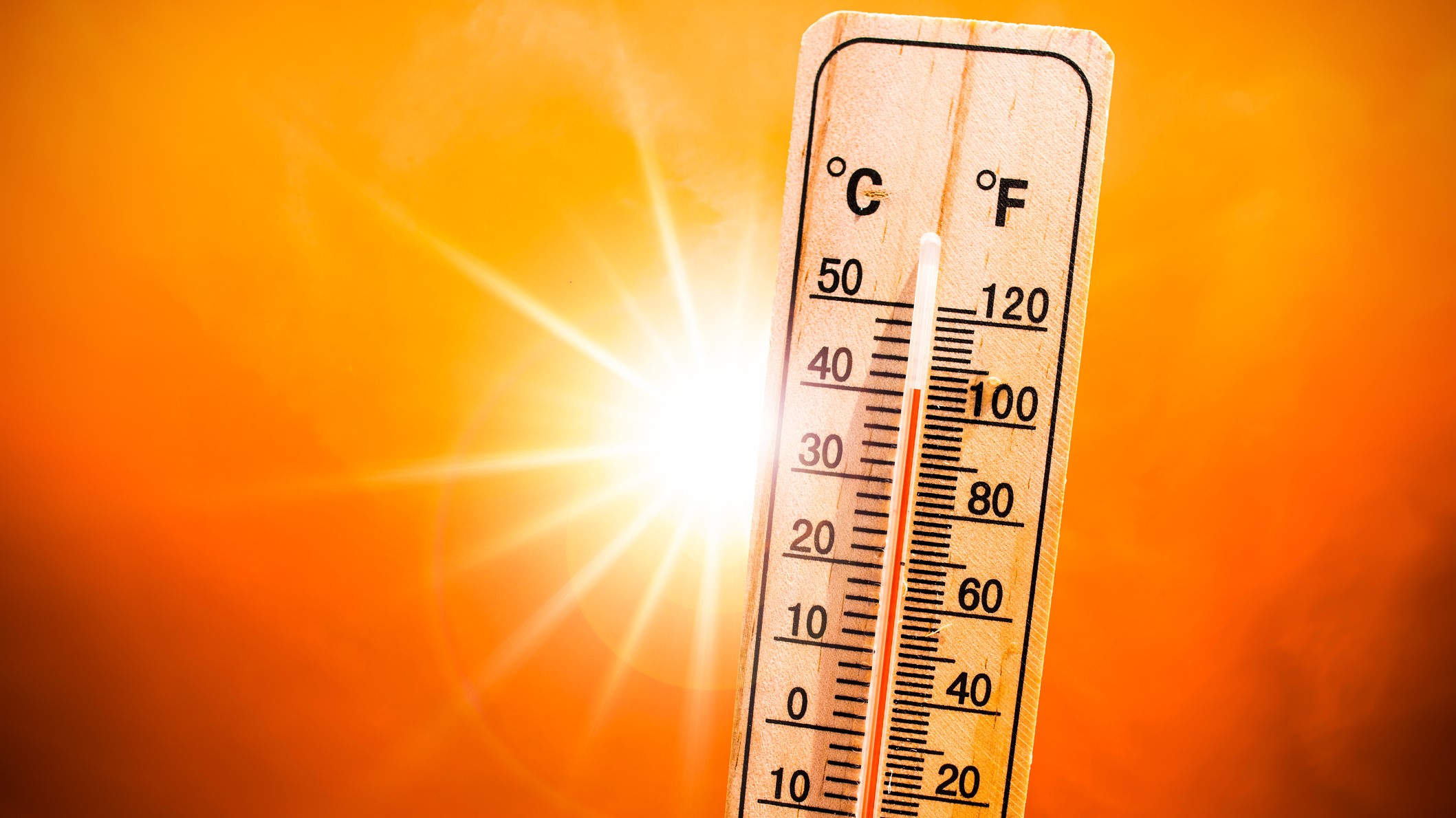
Let’s Talk About “Too Hot” (Or Is It?)
Okay, picture this: you splash water on your face in the morning, half-awake, not thinking twice. Feels warm. Cozy. Maybe a little steamy if you’re feeling indulgent. But—could that water creeping close to 40 degrees Celsius be shifting from “ahhh” to “ouch” territory without us even noticing?
You’re not alone if you’ve never actually checked how hot is too hot when it comes to your daily water ritual. Most of us just twist the tap and trust our instincts, right? (Guilty—who really keeps a thermometer in the bathroom? Maybe you? I salute you.) But here’s the thing: that subtle warmth might be doing more than you think. Good and… not so good. Let’s dig in like nosy friends over coffee. Is 40 degrees Celsius hot water, or is it just the Goldilocks zone? Let’s find out together.
Why Our Bodies Love (& Sometimes Fear) Warm Water
I’ll be honest: I used to think more was better. As in, if a warm bath was nice, a hotter one had to be even better, right?
Nope. Turns out, our bodies have a sweet spot, and 40 degrees Celsius (that’s right about where your bath water starts to feel really “spa-like,” but not scalding) is a big talking point.
Wait, How Hot Is 40 Degrees Celsius in Fahrenheit?
Let’s nerd out for a sec. If you’re like me and think in Fahrenheit, you’ll love this. Is 40 degrees celsius hot water in fahrenheit? That’s around 104°F. For reference, that’s a little warmer than your average heated pool.
Quick Reference Table: Water Temps & Feels
| Water Temp (°C) | Feels Like | Typical Use |
|---|---|---|
| 30°C | Luke-warm | Gentle baby baths, hand washes |
| 37°C | Body temp | Neutral, for kids/adults sensitive to heat |
| 40°C | Warm hug | Soothing baths, muscle relaxation |
| 45°C+ | Hot! | May cause discomfort/burns after long exposure |
Ever thought your bath was just “nice” and discovered you’d left red marks? (Me, last winter.) That’s your body saying, “Hey! We’re flirting with the higher end of comfort here!”
So, How Does 40°C Water Actually Feel?
Have you ever stepped into a tub and let out that old-lady sigh, like every muscle is melting at once? That’s the 40-degree magic working. But, as I learned during a friend’s spa day (champagne in hand, of course), not everyone experiences it the same.
I watched one friend dip her toes into a 40°C foot bath and literally melt. She said it felt like the world turned silent for a second—pure bliss. Another just said, “Meh, I guess it’s warm.” Bodies are quirky that way. Oh, and if you’ve ever wondered, how does 40 degrees celsius water feel? Like a happy, muscle-hugging embrace… until your skin goes pink. Then it’s time to step out.
Why This Temperature Works Wonders (But Sometimes Backfires)
Let’s not just gush—what’s really happening under the surface?
- Soothing Muscles: Heat around 40°C tells your nervous system to slow down. It’s kind of like a “Relax now!” signal; great after a long run or an intense gym day.
- Boosting Circulation: Warm water gets blood moving to your skin, which may help with recovery and that healthy glow—even in the dead of winter.
- Mental Melt: Sinking into a hot bath at this temp can feel like anxiety is being pulled right out through your pores. (If only it worked for email stress, too…)
- But… If you overdo it, your body can dry out, or worse, your blood pressure might take a dip. (Ask me about the time I got woozy after trying to “meditate” with my feet in the tub… yikes.)
The verdict? 40°C water works, but with a side of “know thyself.”
Sneaky Things That Change How 40°C Feels
You’d think water would always feel the same. But nope. There are conspiracies at play—sky-high room humidity, your own body temp, even the mood you’re in. (Seriously, some days “warm” feels like “scalding,” right?)
Tap Versus Tub: Why It’s Different
I once burned my hands on tap water set “just right” for my bath. How? Apparently, “temperature creep” is a thing. Tap pours can spike higher, while a full tub loses a few degrees as it sits. I learned this in Iceland, where geothermal springs are life. Dip a toe, wait, then get in. The water’s probably still at how does 40 degrees celsius water feel—even if the air feels chilly around it. Odd, huh?
Quick Reflection:
When was the last time you actually checked the water temp before a shower or bath? Would you? Or do you just trust your gut? (No judgment—I rarely check unless the tub’s for kids or elders. But maybe we all should, sometimes!)
The Science That Will Make You Say “Whoa”
Would you believe therapists, athletes, and spas everywhere actually SNUB water hotter than 40°C? Turns out that’s the “hot but therapeutic” sweet spot. Hotter, and your body starts fighting back—bye-bye, relaxation, hello, stress-hormone party.
According to medical pros and is 40 degrees celsius hot water in fahrenheit charts, water above 40°C can cause your skin to lose its natural oils faster, making it itchy or dry. And if you’re like me, prone to winter eczema, 40°C keeps you just below the “scratchy” zone. Science? Kinda boring to read sometimes, but handy—it backs up those old “Mom-knows-best” warnings about not staying in too long.
Comparison Table: Pros and Cons for Health
| Perk | Risk | How to Balance |
|---|---|---|
| Relaxed Muscles | Dizzy spells if soaking too long | 10-15 min max |
| Better Mood | Dehydration (yep, it happens!) | Drink water before/after |
| Glowing Skin | Potential dryness | Use body oils post-bath |
Oh, and if you’re wondering—athletes swear by these warm soaks for recovery. But here’s a twist: they usually stop just shy of 40°C for longer baths, and only go hotter for super short recovery blasts. Makes sense once you feel your heart giving you a nudge to cool off.
Everyday Rituals: Warming Up Wellness (Without the Worry)
Here’s where things get fun. You can make 40°C water work for you—with way less guesswork or drama. Here are a few ideas that turn “meh” routines into soothing little health rituals:
- Morning Mini-Soaks: Try a 40°C face cloth for 30 seconds. It instantly wakes tired skin. (And yes, it feels nicer than a splash of cold any day.)
- After-Workout Foot Baths: Even five minutes can loosen tightness and make you forget those stair sprints. If you’re daring, swap in a contrasting cold blast at the end for tingly, happy feet.
- Evening Wind-Downs: Draw the bath, measure with a baby bath thermometer if you have one (or cautiously move your hand around), and breathe deep. Don’t bring your phone in. Trust me, scrolling ruins the vibe.
Real talk? I use this temp for sinus season, too. A short 40°C shower—steam rising, eyes closed—does wonders for unclogging that sleepy morning face or a post-cold fog.
Want to tune your experience even more? Try tracking how you feel after a certain time in the tub. More than once I’ve dragged myself out too late and felt zapped. Learn your limit, then milk those comfy minutes before you feel the “time’s up” signal.
How Do You Know If You’ve Gone Too Far?
If your skin is lobster-red (unless you’re literally boiling crawfish … not recommended), it’s time to step out. Feeling lightheaded? That’s your cue. Drink a glass of cool water before and after, and don’t be shy about lowering the temp a few degrees if you ever feel “off.” (This is me giving you friendly, non-bossy advice.)
Warm Water—More Powerful Than It Looks?
So, bottom line—if you’ve ever wondered, “Is 40 degrees Celsius hot water?” … the almost-boring answer is: yes, it’s definitely hot (but not dangerous hot), as long as you’re smart about how you use it.
Honestly, a lot of life-changing health routines are about tiny tweaks. Like swapping your scald-your-skin showers for a steamy but gentle 40°C rinse. It’s a low-key act of self-care your future self will thank you for. No fancy gear. No degrees in spa science needed. Just a little mindfulness next time you step in the bathroom or fire up the kettle for that evening face steam.
If you ever get curious to compare, especially before your next spa visit or if you want to check your home boiler settings, have another look at is 40 degrees celsius hot water in fahrenheit for the quick math. Or, if you want to get really cozy with the details, check out how does 40 degrees celsius water feel for a painted-picture version of the experience.
In the End: Your Warm (But Not Too Hot) Takeaway
Here we are—having wandered through myths, science, steamy stories, and the quirks of our own morning routines. Who’d have thought digging into “is 40 degrees Celsius hot water” would bring up so much? You’ve got the facts now: 40°C is seriously warm, great for quick relaxation and reviving tired muscles, and honestly, just a little bit luxurious if you ask me.
But it’s more than numbers. It’s tuning into what your body needs. Some days you’ll crave heat, others a gentler touch. My tip? Next time you’re ready to draw a bath, sneak in a thermometer and see where you land. (Or just note how long it takes for your skin to turn pink.) Who knows—you might discover a whole new level of comfort, or a ritual that shifts your mood and health for the better.
I’d love to know: what’s the hottest water you’re willing to try? Any hilarious bath mishaps or genius routines you’re up for sharing? Drop your story below—let’s keep exchanging wisdom, the messy, real-life kind. And until then, here’s to your next soak… as steamy, safe, and soul-soothing as it needs to be for you.

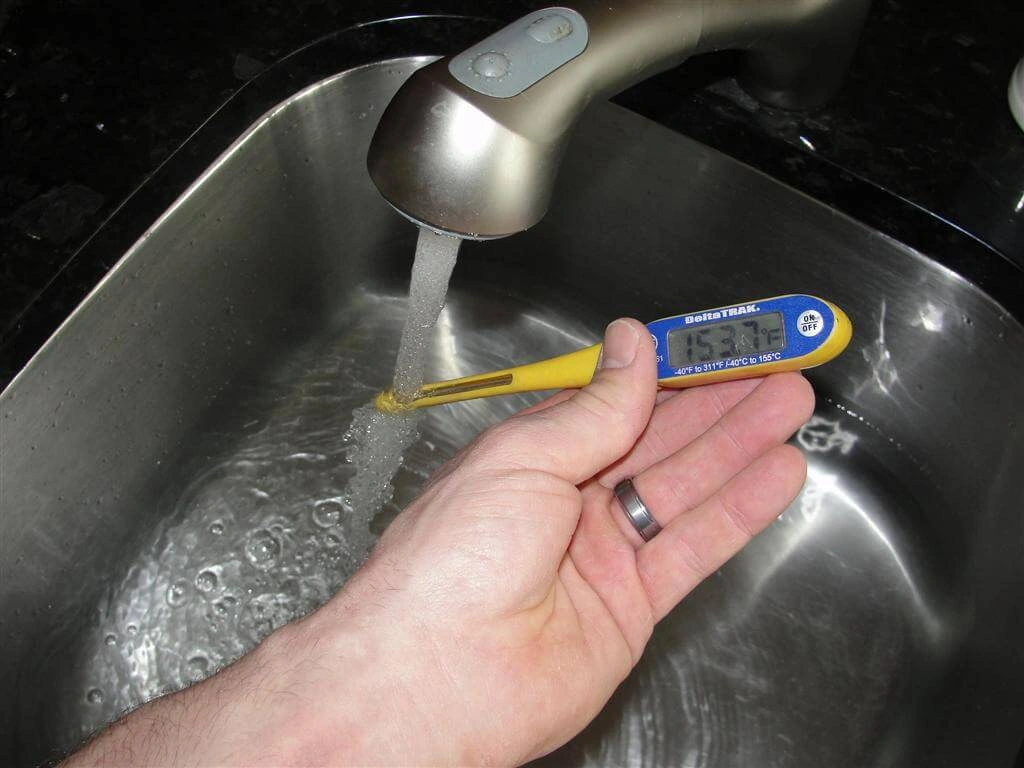
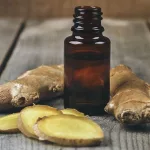
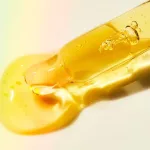







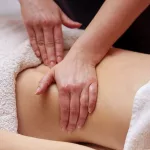


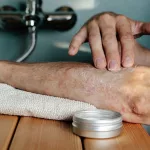



Leave a Reply
You must be logged in to post a comment.